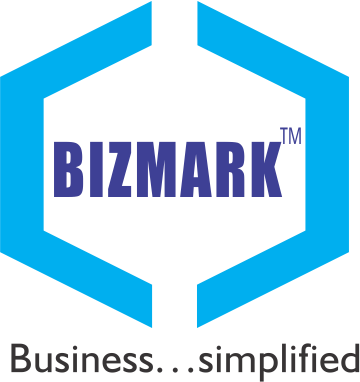Sea freight is a cost-effective means of shipping large or bulky goods internationally.
We at Bizmark, provide you the option to book either an FCL (full container load), an LCL (Less than container load) if you don’t have enough cargo to fill a whole container as well as Bulk break.
LCL
Less than container load is a shipment that will not fill a container. With an LCL shipment, you pay for your load to be shipped in a container with one or more loads from other customers of the freight transport provider. If you know that you cannot fill a 20-foot container, LCL is the most sensible option in terms of cost and convenience.
FCL
A full container load (FCL) is a container that is loaded and unloaded under the risk and account of one shipper and only one consignee. In practice, it means that the whole container is intended for one consignee. FCL container shipment tends to have lower freight rates than an equivalent weight of cargo in bulk. FCL is intended to designate a container loaded to its allowable maximum weight or volume, but FCL in practice on ocean freight does not always mean a full payload or capacity.
BREAK BULK
Break-bulk shipping includes items that aren’t put into containers for whatever reason, but are not loose material. With its own packaging, break-bulk items, such as cardboard boxes or bags, get loaded into cargo holds. A bulk of cargo is broken into groups that can be easily loaded using the equipment available at the port. Break bulk cargo is often shipped on pallets.
Ocean freight can be complicated, and the industry terminology can make it seem like a daunting option at first. It can also be difficult to get your head around what documentation is required. But at Bizmark we’ll help you with the documentation, including shipping labels, packing list (customs invoice), and bill of lading.




